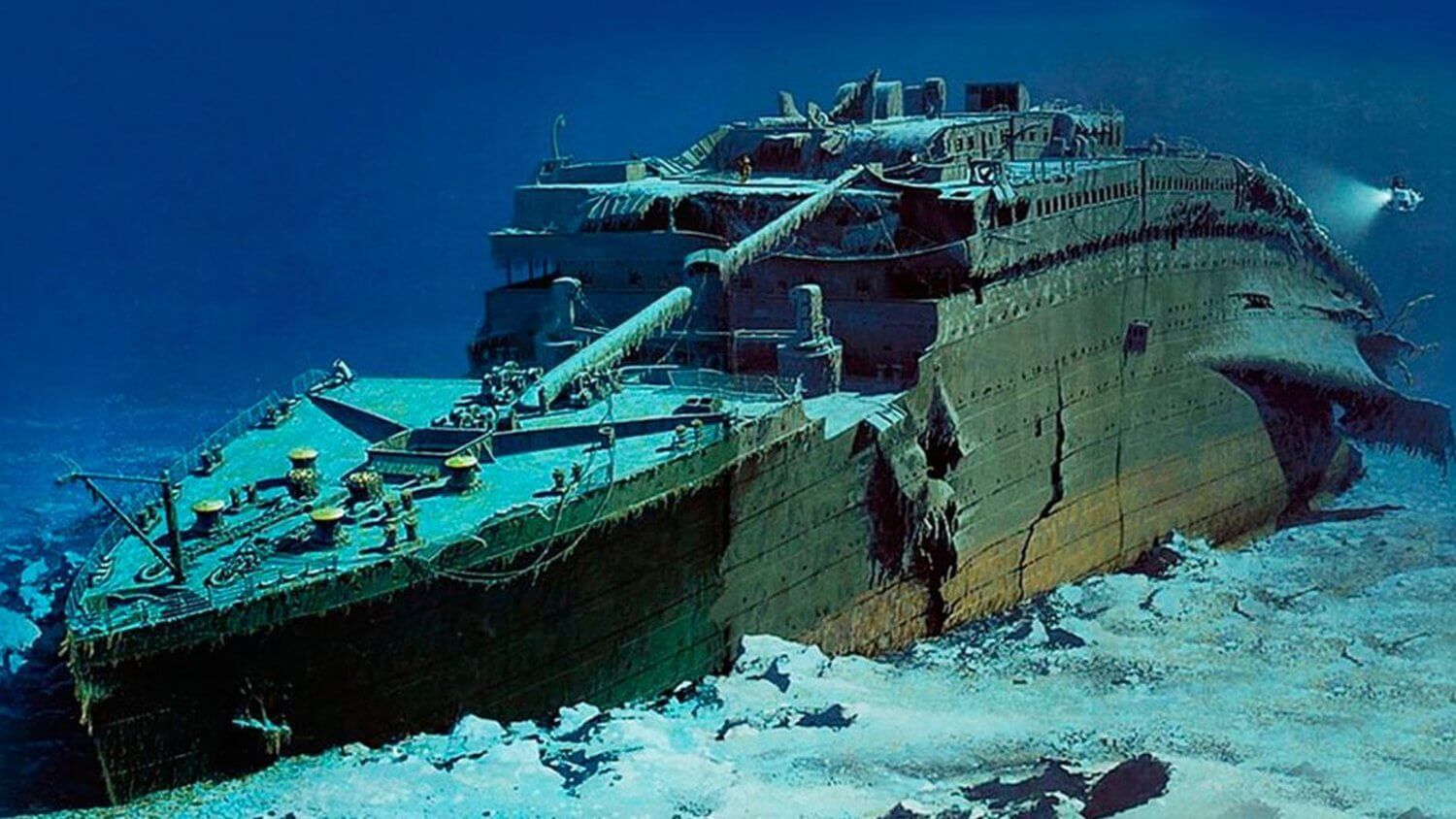The RMS Titanic’s sinking in 1912 is one of the most tragic and well-known historical events. The luxurious passenger ship, called “unsinkable,” met its demise on its first voyage, killing over 1,500 passengers and crew members. Numerous urban legends and conspiracy theories have developed throughout time around the tragic journey of the Titanic. The “Titanic 666” idea, which contends that there were sinister ties between the Titanic and the number 666, which is frequently connected to evil and the devil, is one intriguing theory in particular. In this article, we delve into the Titanic 666 theory, examining the alleged facts and attempting to separate fact from fiction.
The Origins of the Titanic 666 Theory
The Titanic 666 theory stems from the belief that the ship was somehow cursed due to its associations with the number 666. Many cultural and theological contexts have historically connected this number with evil or the devil. Supporters of the theory claim that there are multiple connections between the Titanic and the number 666, which they use as proof that a dark force was at work.
The Ship’s Dimensions and Construction
One of the primary aspects of the Titanic 666 theory revolves around the ship’s dimensions and construction. The Titanic was approximately 882 feet and 9 inches long, and some theorists claim that when the numbers are multiplied together (8 x 8 x 2.75 x 9), the product is 2016. According to this theory, the number 2016 is significant because it is divisible by 666 (2016 ÷ 3 = 672), thus creating a link to the infamous number.
However, critics of this theory argue that the ship’s dimensions were not arbitrary and were determined by engineering and design considerations rather than any sinister associations with numbers.
The Date of the Sinking
Another element of the Titanic 666 theory focuses on the date of the ship’s sinking. The Titanic ran aground on an iceberg on April 15, 1912, and sank. According to certain proponents of the theory, April, the fourth month of the year, equals 19 when multiplied by the fifteenth day of the month.Adding the digits of the year (1 + 9 + 1 + 2) results in 13. This sequence, they argue, can be rearranged to form 4-19-13, which, when reversed, becomes 13-91-4. When these numbers are multiplied (13 x 91 x 4), the result is 4732, and when divided by 7, the result is 676, which is close to 666.
Critics counter this argument by pointing out that such numerical manipulations can be applied to various dates and events, making the connections seem more significant than they actually are.
Passenger Accommodations and Tickets
Another component of the Titanic 666 theory concerns passenger accommodations and ticket numbers. Some proponents claim that there were strange numerical coincidences related to the passengers’ accommodations and their ticket numbers. For instance, they argue that some passengers in first-class cabins had room numbers that contained the digits 6, 6, and 6. Additionally, they claim that some ticket numbers contained the sequence 666.
There were thousands of passengers on the Titanic, and with such a big number of variables, some numerical patterns are sure to develop by accident, say skeptics, who dismiss these assertions as simple coincidences.
Conclusion: Fact or Fiction?
While the Titanic 666 theory presents a fascinating narrative that links the ship’s dimensions, sinking date, and passenger accommodations to the infamous number 666, it’s crucial to approach such claims with a healthy dose of skepticism. When looking for them, numerical coincidences are frequently discovered, and patterns can develop from the massive amounts of data connected to historical events like the Titanic’s sinking.
The Titanic tragedy was a result of a combination of factors, including navigation errors, lack of lifeboats, and the harsh conditions of the North Atlantic. The theory that the ship’s fate was somehow influenced by the number 666 lacks substantial evidence and scientific credibility.
In the end, the Titanic 666 theory serves as a reminder of the human tendency to find patterns and meaning in random events. As history buffs and conspiracy theorists continue to explore the mysteries surrounding the Titanic, it’s essential to approach these theories with critical thinking and a willingness to separate fact from fiction.





